The 2025 Toyota 4Runner Is Here
Toyota has finally dropped the curtain on the sixth-gen 4Runner, signaling the next chapter for a cult classic that doesn’t get to use the term “new” all that much—”all-new,” even less often.
The last “next chapter” appeared in 2009. For the next 15 or so years, 4Runners trundled off dealer lots by the tens of thousands, the model’s popularity seemingly unaffected by its “outdated” platform: Since 2011, Toyota has sold more than 100,000 4Runners each year in the United States. Sales of the fifth-gen peaked at 144,696 in … 2021. The 4Runner is that rare case of a modern vehicle that gets more charming with age, and Toyota, a famously conservative company when it comes to product cadence, knows that.
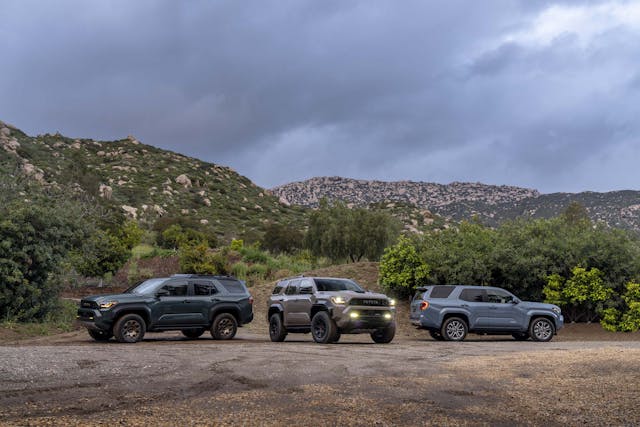
Folks adored the 4Runner. With four previous decades of serious off-roading credibility to lean on, the 2009–24 4Runner took to trails with aplomb, whether stock or with the help of a booming aftermarket. As other cars grew increasingly techier, the 4Runner’s rugged bones, archaic but reliable powertrains, and simple, heavily analog controls made it an unintended iconoclast. One and a half decades passed with relatively little change to the 4Runner, which soldiered on with a “generation” that spanned two, sometimes three chapters of the competition.
Suffice it to say that a new 4Runner is a big deal.
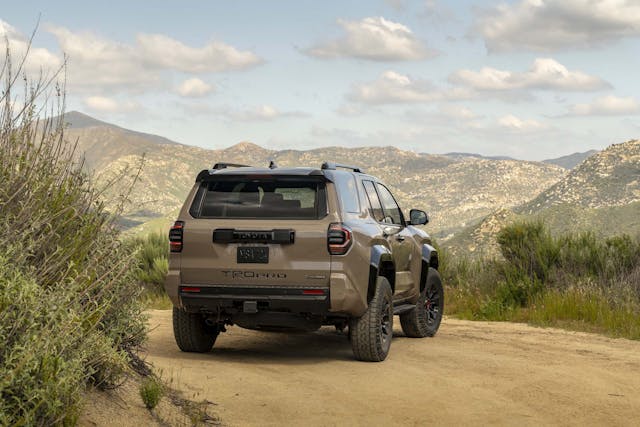
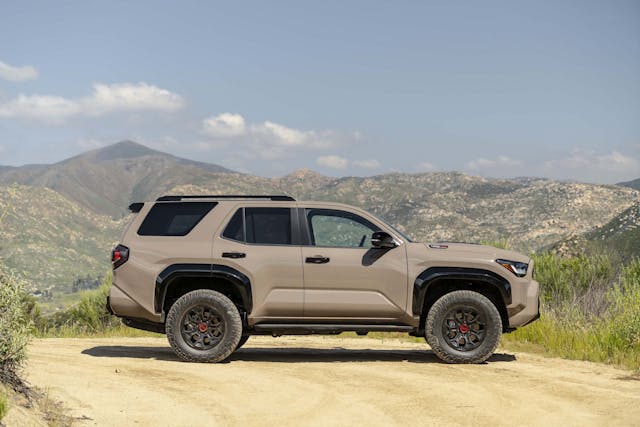

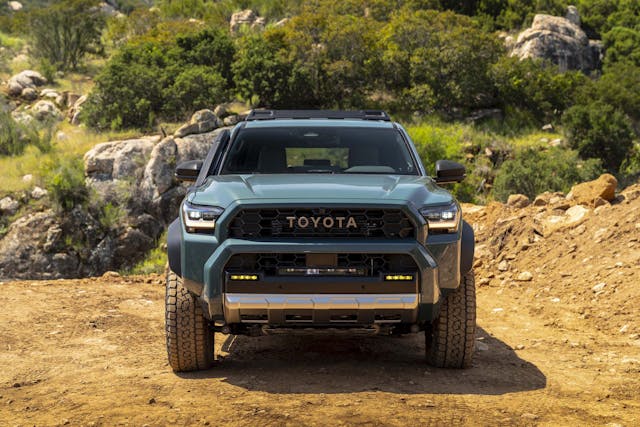
Because this context is important for discussions later on, let’s start our overview of the 2025 4Runner with the progression of the trim levels, which Toyota calls “grades.” The 2025 4Runner will offer nine grades, ranging from mild to wild and everything in between. In ascending order of features and (likely) cost: SR5, TRD Sport, TRD Sport Premium, TRD Off Road, TRD Off Road Premium, Limited, Platinum, TRD Pro, and Trailhunter.
Of those nine, Platinum and Trailhunter are brand-new to the 4Runner nameplate. Toyota promises that the former will be the most lavish 4Runner to date, with flourishes like unique exterior styling elements, heated second-row seats, a head-up display, and automatic rain-sensing wipers. The overlanding-ready Trailhunter was confirmed yesterday; you can read about all the nitty-gritty details here.
As expected, the 4Runner will ride on Toyota’s TNGA-F architecture. The fully boxed, high-strength steel frame undergirds every body-on-frame vehicle in the lineups of Toyota and Lexus, a cadre that includes the Tundra, Sequoia, Tacoma, Land Cruiser, GX 550, and LX 600. All 4Runners will be built at the Tahara assembly plant in Japan, just like the Lexus GX 550—and 4Runners of yore. For the most ardent fans of the 4Runner, the build location is a huge point of pride.
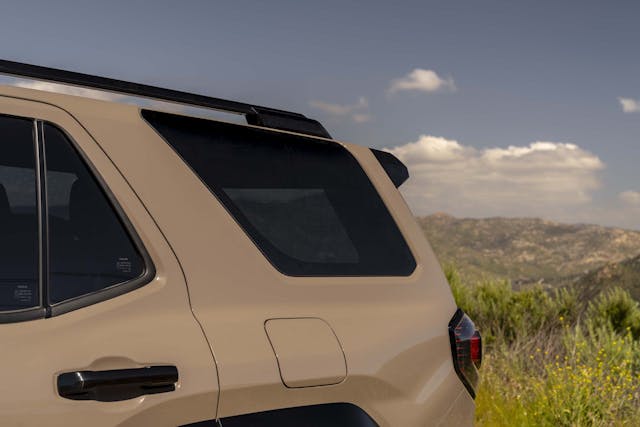

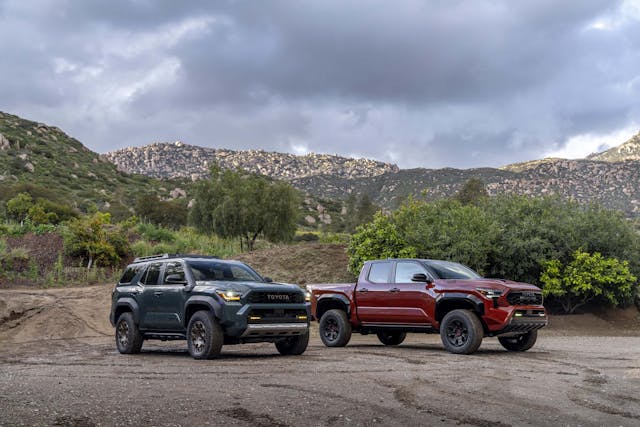
Though assembly happens overseas, Toyota’s Calty design research team gets the credit for the design of the new 4Runner. The Michigan-based team designed the 4Runner alongside the new Tacoma, hence the styling similarities. One of the coolest stylistic touches on the new 4Runner is the “wrap-over” quarter glass seen at the rear of the silhouette, which is a nod to the first- and second-generation trucks.
The biggest changes for the new generation of 4Runner arrive under the hood. Gone is the inexhaustible—if thirsty and archaic—combination of four-liter V-6 and five-speed automatic transmission. In place of the V-6 is a turbocharged 2.4-liter inline-four that will boast hybrid power on certain models, just like it does in the Tacoma. (If you’re puzzled about the difference between the 4Runner and the Land Cruiser, the latter offers exclusively hybridized drivetrains, while the former offers choice.)
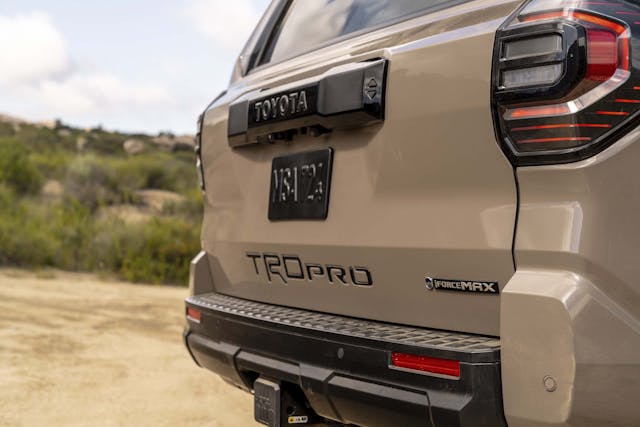
Both the hybrid and non-hybrid versions will pair that turbo four with an eight-speed automatic transmission. Hybrid versions—Toyota brands them as i-Force Max—will employ a 48-hp electric motor that draws power from a 1.87-kWh nickel-metal-hydride (NiMH) battery and is integrated into the gearbox.
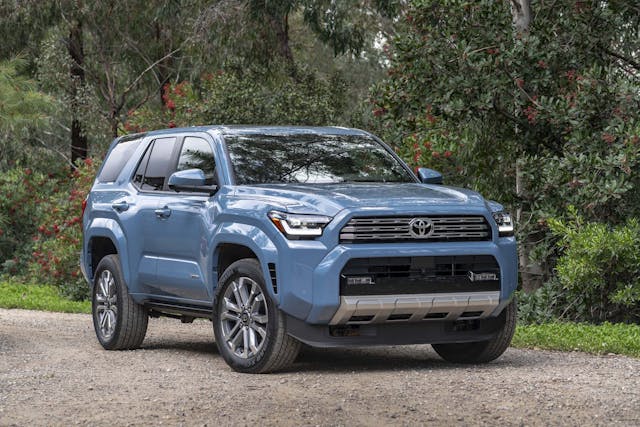
Output for the non-hybrid powertrain is 278 hp and 317 lb-ft of torque. On the hybrid: 326 hp and a whopping 465 lb-ft of torque. (Another Tacoma parallel: The truck offers these exact same figures for both versions of the powertrain.) The max towing capacity for a properly equipped 4Runner with the hybrid drivetrain is 6000 pounds, according to Toyota.
Which version of the powertrain you’ll get depends on which grade you choose. The non-hybrid version will come standard on the bottom six trims (SR5, TRD Sport and Sport Premium, TRD Off Road and Off Road Premium, and Limited). The hybrid system is standard on the top three grades (Platinum TRD Pro, and Trailhunter) but will also be optional on Limited, TRD Off Road, and TRD Off Road Premium.
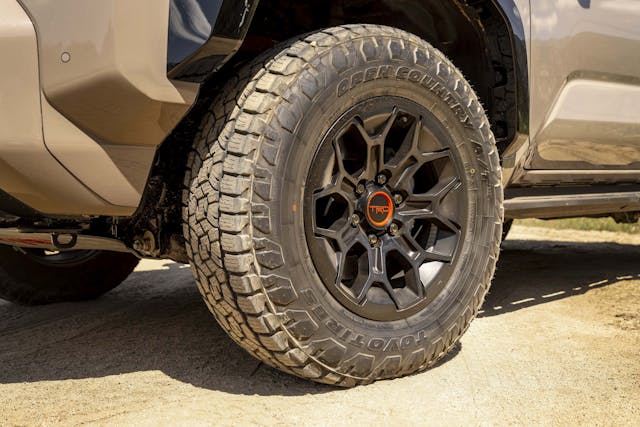
4Runners are lauded for their off-road capability, and the new generation appears to promise more of the same, stick axle and all. Suspension duties will be handled by a double-wishbone setup up front, and a multi-link rear layout with coil springs and a solid axle in the rear. While Toyota will offer the 4Runner in two-wheel-drive configurations, expect the lion’s share to be optioned with either full-time four-wheel-drive or part-time, selectable four-wheel-drive.
Two-wheel-drive versions will benefit from a limited-slip rear differential. Four-wheel-drive versions will offer an electronically-controlled two-speed transfer case with real high and low range, alongside the limited-slip rear diff. An electronically locking rear diff will be offered on the TRD Off Road, TRD Off Road Premium, the TRD Pro, and the Trailhunter.
Spring for the Limited model with the hybrid drivetrain, and you’ll have the option of a full-time four-wheel-drive layout with a locking center differential. That setup will be standard on the Platinum model.
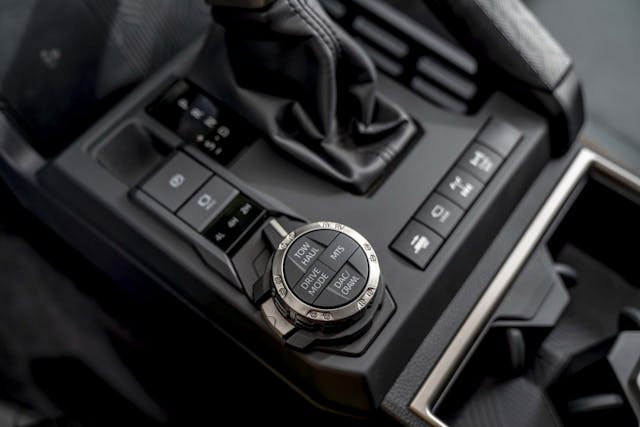
New to the 4Runner for the sixth generation is a stabilizer-bar disconnect mechanism, which will increase the flexibility of those independently suspended front wheels for greater articulation over terrain. In the announcement materials, Toyota didn’t make any mention of the EKDSS (Electric Kinematic Dynamic Suspension System) system that we loved so much in the Lexus GX 550, and we later confirmed with a Toyota rep: That electrically actuated system is reserved for the more expensive off-roader.

As far as off-road technology goes, the new 4Runner does boast some fresh tricks. Multi-Terrain Select will now function in high- and low-range four-wheel-drive settings. (Previously, only two of the four modes would function in high and low.) The system helps modulate wheelspin depending on the surface underfoot. A crawl control system acts as an off-road cruise control setting, and a new downhill assist control will ensure your descents don’t spiral out of control when things get steep.
Inside, the 4Runner will get a new central infotainment screen, measuring either 8 inches on lower trims or 14 inches on higher trims or well-optioned mid-tier trims. Wireless Apple CarPlay and Android Auto will come standard here, as will a USB-C port on the right side of the screen for charging your phone. (A wireless charging pad is also available.) Dual USB-C ports for the front row are standard, and you’ll be able to add a few more for rear-seat occupants. Ahead of the driver will be either a 7- or 12.3-inch digital gauge cluster, depending on which grade you’re working with.
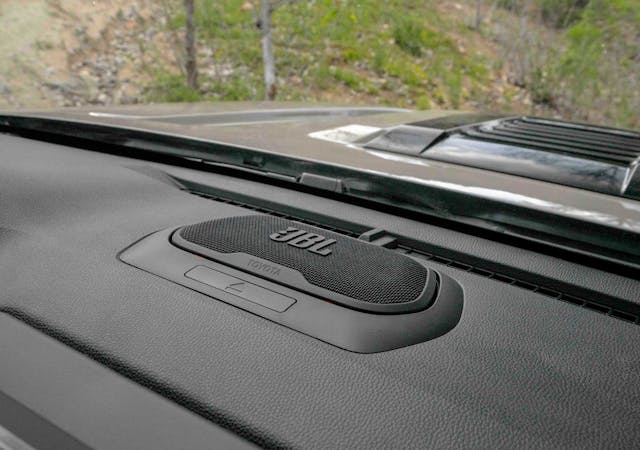
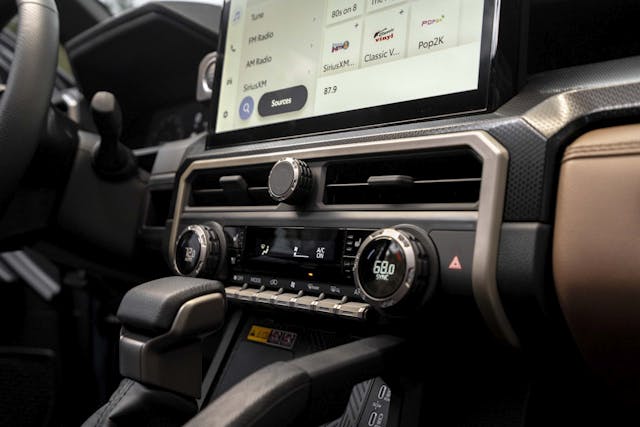
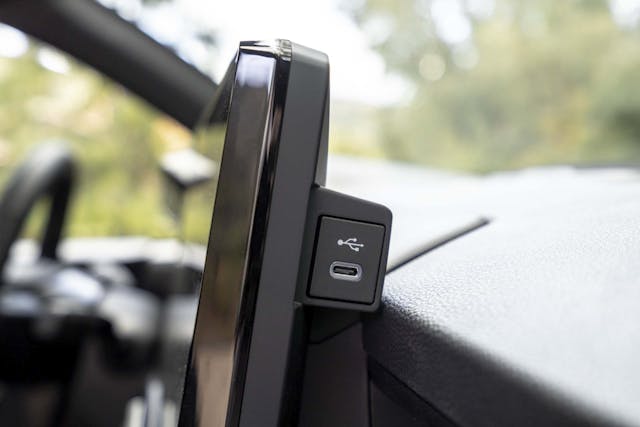
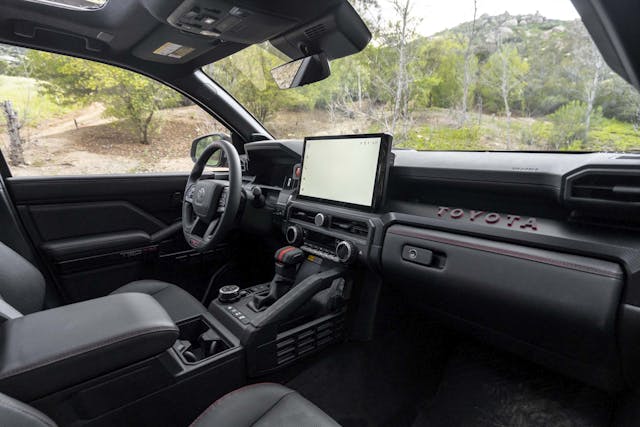
As was the case with previous generations of the 4Runner, a third-row seat is optional in certain trims. Otherwise, expect seating for five across two rows and a copious cargo area to haul your adventuring flotsam.

Pricing details are, for now, unavailable. If we had to guess, we’d reckon that the lower-trim variants (read: the non-hybrid ones) will probably be priced below the modest versions of the Land Cruiser, so expect them to start somewhere around $40K. Those higher-trim versions are probably going to get expensive; don’t say we didn’t warn you.
With the arrival of the sixth-generation 4Runner, Toyota will have completed the end of a massive product turnover for some of its best-selling vehicles. We’re out in San Diego driving the Hybrid Tacoma and the Land Cruiser as you read this, and we’ll have thoughts on both in the coming weeks. For now, let’s all raise a Yeti and salute the next chapter of one of the most beloved adventure rigs in existence. Shine on, you crazy 4Runner. We’re looking forward to wheeling you soon.
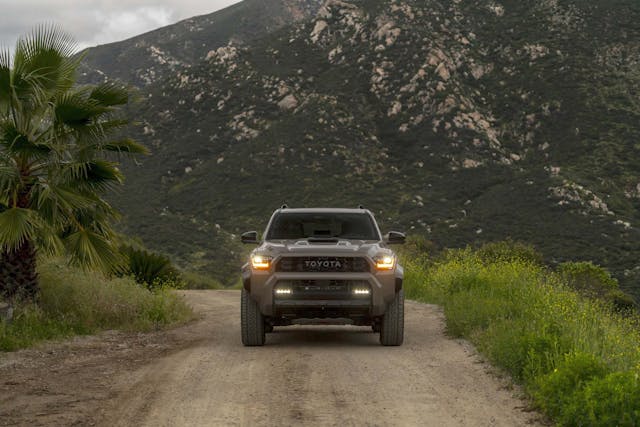
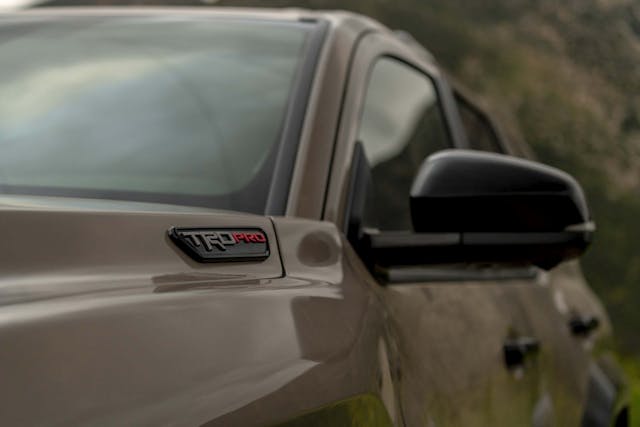
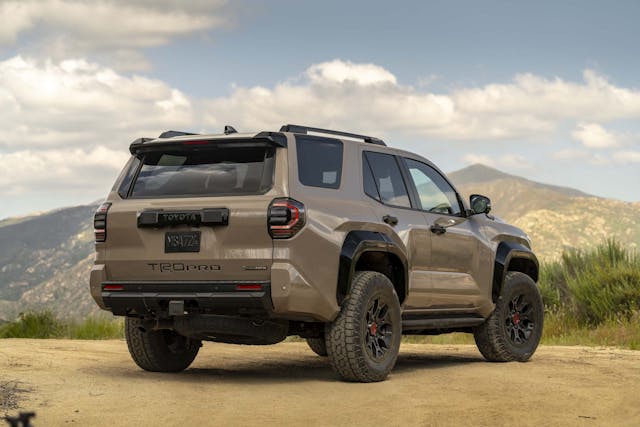


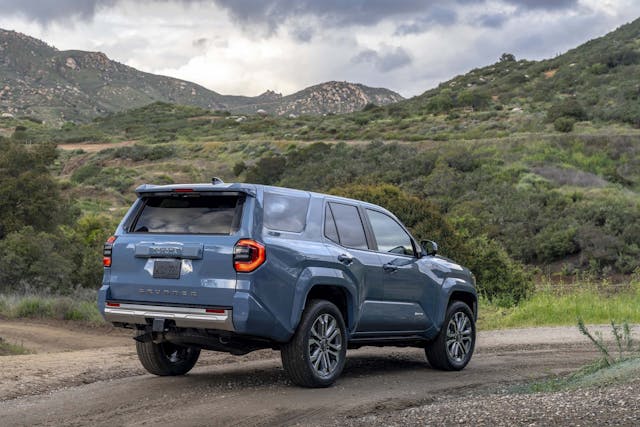
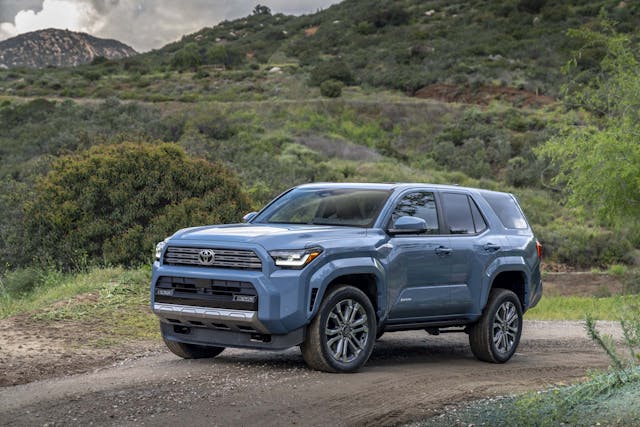

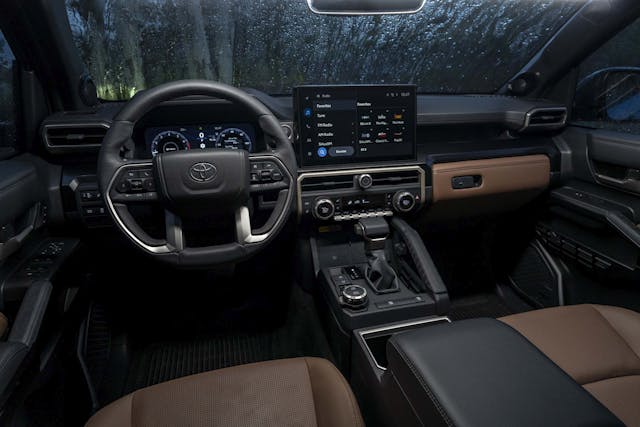
***
Check out the Hagerty Media homepage so you don’t miss a single story, or better yet, bookmark it. To get our best stories delivered right to your inbox, subscribe to our newsletters.
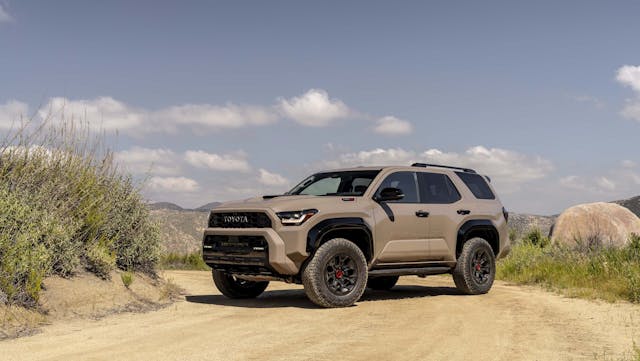


Is the driver’s seating position more comfortable, especially for tall drivers, in this newest generation? Previous generations of 4Runner were quite difficult for tall folk to fit into, especially when optioned with the sunroof.
Yes the Runner and Taco both has the worst seating of any truck I have been in.
I’m 6’2″, and I have no problem with leg room or height in my 2016 Trail Premium. I have always wished for more thigh support for my long legs, but I just did a road trip for 15 hours in one day, and this 66 year old body felt fine afterwards.
2011 4runner here. For me the right knee hitting the center stack is a pain. I ‘ride dirty’ as they say and lean the seat back a bit so headroom is fine. 6’1″. My friend has a Limited with the sunroof and the roof is definitely very close to the top of your head.
I hope it’s nice! Would be a shame for Toyota to hurt the 4runner brand. I read that it looks like a Vehicross mated with a 1st gen 4runner. Ha!
Sure, the world needs yet another Urban Assault Vehicle with aircraft landing lights burning holes in my retinas as it heads for another grueling off-road adventure to the Fairfax County, VA IKEA for meatballs.
In full agreement with previous comments, Taco and its brethren have the most uncomfortable seating, and a majority of the ones buying the TRD packages go no further off-road with them than the average Subaru owner can and does on a regular basis. Years ago, I was one of those fools, then my cousin pointed out how I was actually using my vehicle, and after I did some thinking, I am now on my 3rd Honda Ridgeline. I didn’t need massive towing or off-road numbers, I needed a bed to haul dirty stuff (bikes, kayaks, and camping stuff) or home improvement supplies, and a comfortable daily driver. Set aside my ego and got what I needed.
Not sure why Land Cruiser and 4Runner have to share nearly the same space. This the slightly less expensive and more off-roady vehicle I guess? At least you have the option to dump the Hybrid here.
It’s 2010 the year the current model started not 2009.
Nice!! And, I’d love to have one, but what’s up with these severe creases in body styling that’s recently come into fashion? The door panels look like they’ve been recently t-boned, and the crease above and behind the rear wheel arch looks like a Walmart fender-bender! Bring back the curves!! 😊
I really like it. The new styling is very good, inside and out. With each iteration of the new exterior styling language (4Runner > Tacoma > Tundra), Toyota has improved it. Now, as others have echoed, let’s hope the previously abysmal seating position has been notably improved. I remember reading a review on another site of the new Taco and they said it was markedly better in that regard. Hoping that is true (and even more) for the 4Runner. I have occasionally really missed my 2014 JGC and I think the styling on the new JGC’s is a total dud. In my mind, this new 4Runner might be a perfect successor.
The 3rd gen version has excellent fabric seats but you have to put in 300,000 miles to get them just right. At least my wife thinks so and she notices bad seats. Up dates are not always better.
Well… I have owned every gen at some point and I am looking forward to the latest… mb Landy instead since they are all the same under the skin. I hope the fuel mileage improves, towing as well, and seating position. That said I have a couple of egregious errors noted on the ‘satisfaction’ side of things. My 22 GR 86 was nice but had a few ergonomic issues, it became my 24 GR Corolla which, apart for horrible paint issues/clutch concerns, has a truly annoying no USB/line in/ untunable radio system in it… I see this in most of the newer releases as well…why get the Mark Levinson system in your Lexus if you cannot line in your choice of music….truly truly annoying enough to go down model to achieve the better options..Toyota/Calty whoever you screwed up royally on this lack of access [ yes I am aware other companies have done this cheapest radio option ~ garbage ] AND to that end the last issue.. having to deal with the particularly annoying, at every contact, XM radio morons….fawk! this is the ultimate FU from manufacturers by forcing everyone to deal with those idiots at XM…please get rid of them….. [ not everyone has an I phone btw ] …and finally, sorry the soap box was free, he invasive cruise control is beyond annoying… even with it off it still ‘corrects’ your driving, never mind the pot hoes, obstructions or actual best line given the off camber pavement…. dial it back please toyota! OTWise all good lolololol
I’m still driving and enjoying my 2001 4-Runner, especially off road in dirt and in snow. Its been in our family since purchased new in 2001 and been passed down as an inheritance. Its not a gas mileage getter but it will climb a tree! I’m 5’3″ and it’s very comfortable for me and I appreciate the simplicity compared to today’s fancy electronics.